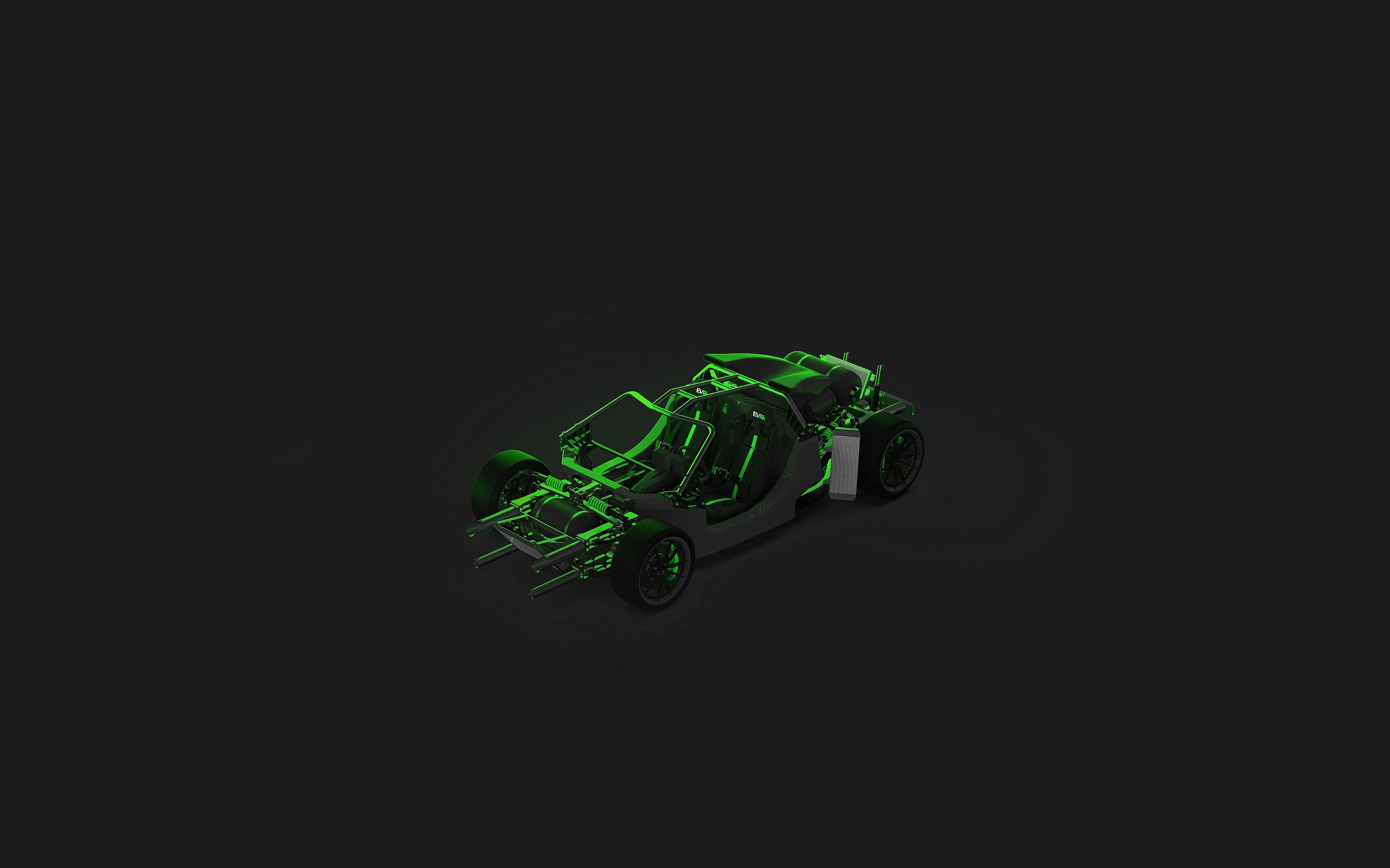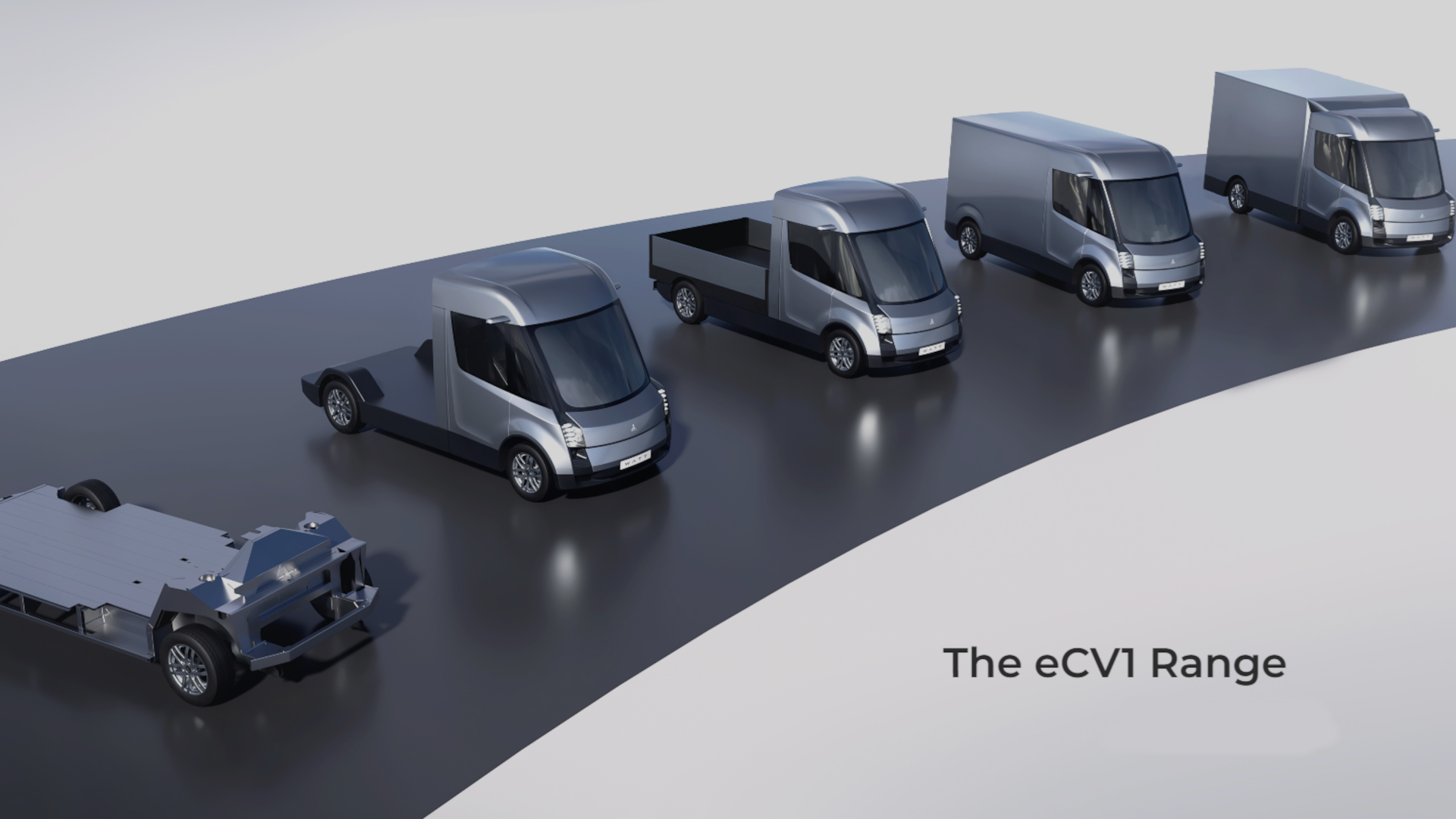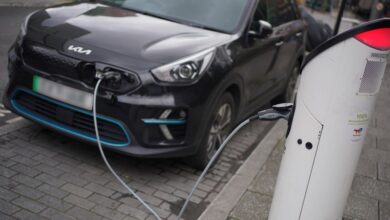Niche EV Automakers Have A New Secret Weapon

Key Takeaways
- Watt Electric Vehicle Company introduces a new scalable and flexible platform that can be adapted for use by low-volume manufacturers.
- The platform is affordable and rigid, designed for low-volume production without expensive tooling.
- It can be used for sports cars, roadsters, and beach buggies and can accommodate various drivetrain layouts (FWD, RWD, and AWD).
- Low-volume automakers benefit from reduced production costs without upfront investment in platform development.
Watt Electric Vehicle Company (WEVC) has introduced a new lightweight platform for electric passenger vehicles. Based in Cornwall, UK, the firm says the new architecture will “provide a blueprint for next-generation zero-emission sports cars and other small series, bespoke EVs.”
The company says the new architecture will allow low-volume automakers – think Caterham, BAC, etc. – to produce high-performance electric cars without developing a platform at great expense. The off-the-shelf platform is said to comply with the latest safety requirements, which should allow OEMs to adopt it with confidence. The platform has been designed to meet ISO regulations and the European Small Series Type Approval standards.
Scalable, Flexible, And Affordable
WEVC says the new platform is based on its Passenger And Commercial EV Skateboard (PACES) architecture. PACES is highly flexible and scalable, allowing it to be adapted to a manufacturer’s needs. The platform is a bonded aluminum platform that was designed for low-volume production. As a result, the platform can be used for anything, from a sports coupe (like the Caterham Project V) to an off-road buggy. The platform uses a module-to-chassis setup, which means the batteries are positioned within the architecture, increasing rigidity and keeping weight low.

Add CarBuzz to your Google News feed.
Furthermore, those adopting the electric vehicle platform can utilize front-, rear-, and all-wheel drive layouts for their EVs. So, how does WEVC manage to make this an inexpensive solution for its clients? The company says it’s down to the structure, which uses flat, laser-cut lightweight extrusions that interlock. This process is called FlexTech, which means PACES is rigid and affordable. Large-volume EV platforms use corner castings, which are more expensive and complex than WEVC’s solution. The company has previous experience in the commercial sector, so it should know all about saving costs.
Keeping Costs Down For Low-Volume Car Companies
This is very important for low-volume automakers, which often lack the cash required to develop these platforms. A low-cost alternative that doesn’t require any upfront investment is even more appealing. According to WEVC, there is no need for expensive retooling or post-assembly machining, which reduces production costs even further.

Related
Williams Advanced Engineering Unveils Hydrogen Hybrid Hypercar Platform
As Toyota is always saying, there is more than one way to skin a carbon emissions cat.
Everrati, known for its electrified restomods, has also introduced something similar and teamed up with W Motors to develop a platform for bespoke electric cars that will be built in Dubai. “We are experiencing surging global demand from customers keen to launch bespoke electric passenger vehicles – and our unique, proprietary offering enables brands to make the EV transition quickly, cost-effectively, and with optimized technology, resulting in a product tailored exactly to their needs,” commented WEVC CEO Neil Yates.





